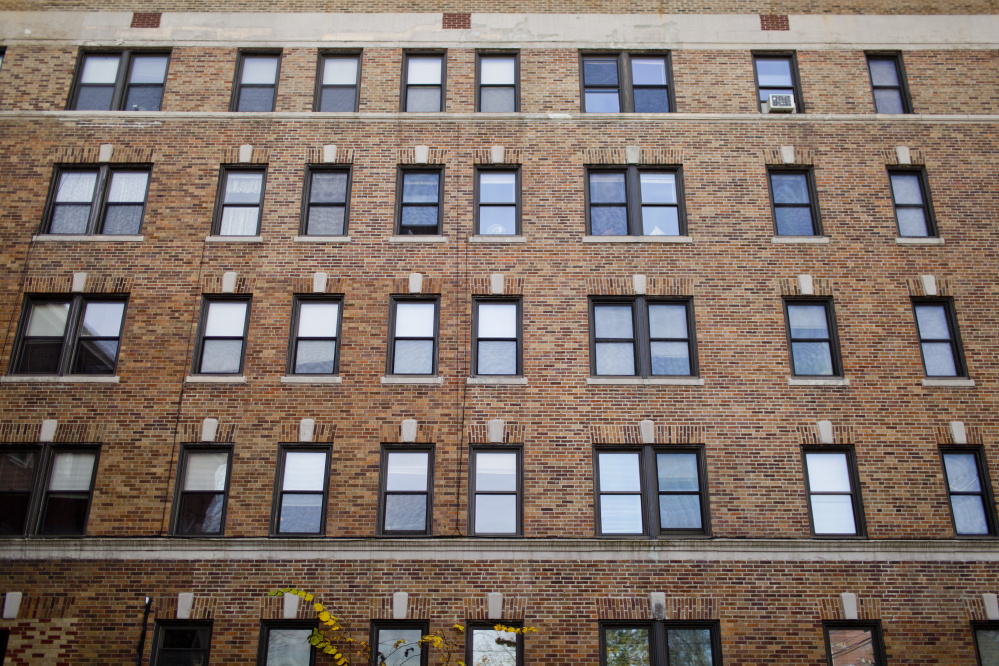Portland has a housing problem. If there had been any doubt, this month’s series in the Portland Press Herald/Maine Sunday Telegram, “Welcome to Portland – No Vacancy,” should have put them to rest.
There are too few apartments, and the units that are available rent for more than local incomes can support. Rents have climbed 40 percent in the past five years, and there is no sign of slowing down.
People who earn the city median income are paying more than half of their income to rent the average apartment, driving young people and working-class families to look in other communities for a place to live, changing the character of the city.
So Portland has a problem, and the question for the new mayor and City Council members, who will be sworn in next week, is: What are you going to do about it?
The good news for them is that some of the steps have already been taken. Last year, the council approved zoning changes that will permit infill housing on Munjoy Hill and the West End, freeing up what had been stranded lots.
And the council passed an inclusionary zoning ordinance, which will require a developer to include one affordable-housing unit for every 10 market-rate units planned, or pay into a housing creation fund.
The bad news: These are not quick fixes, and the problem is here now. Affordable-housing advocates estimate that the city could absorb as many as 3,000 apartments right away, and that number will only grow with time.
Portland is not alone. Many older cities are feeling the same pressure that Portland has encountered and some of them have tried strategies that might work here.
• Seattle’s commercial linkage fee applies the same principle as inclusionary zoning, but to commercial developments. Offices and stores that need workers have an interest in workforce housing and could be asked to contribute to its development.
• Trading increased heights and density for affordable-housing guarantees. This is done in suburban areas near Washington, D.C., which are seeing the same forces at work as Portland.
• Working with transit: Some cities require all new residential developments near public transportation to be mixed-income. Portland already has a transit-oriented tax increment financing tool, which captures some of the tax revenue for new developments to help pay for more-frequent bus trips and other improvements. Affordable housing and public transit are closely linked, and Portland would do well to target areas near the bus lines for growth.
And the city should continue the good work it is already doing: re-evaluating parking requirements that drive up the cost of new construction and identifying publicly owned land that could be used to develop workforce housing.
A lack of affordable housing is a financial drag on a city. Residents are spending money on rent that is not circulating through the rest of the economy. People who could move here and contribute won’t bother if they can’t find a place to live.
Portland’s housing shortage is a negative consequence of a positive trend: People want to live in Portland.
The sooner the city can find a way to make sure there is a place for them all, the better off Portland will be.
Copy the Story LinkSend questions/comments to the editors.



Success. Please wait for the page to reload. If the page does not reload within 5 seconds, please refresh the page.
Enter your email and password to access comments.
Hi, to comment on stories you must . This profile is in addition to your subscription and website login.
Already have a commenting profile? .
Invalid username/password.
Please check your email to confirm and complete your registration.
Only subscribers are eligible to post comments. Please subscribe or login first for digital access. Here’s why.
Use the form below to reset your password. When you've submitted your account email, we will send an email with a reset code.